The ending of the story in Assassin’s Creed Mirage leaves a lot to be explained. We see Basim betraying Roshan so that he can confront his past in the Isu chamber beneath Alamut, and we see him finally confront the Jinni that has been haunting him. At the same time, Nehal is revealed as an aspect of Basim’s psyche that he’s been contending with throughout the story. The loose nature of the narrative requires a great deal of speculation, meaning that the ending can be interpreted in different ways depending on your perspective. However, once you begin to tie in the tale of Basim’s youth to his later years represented in Assassin’s Creed Valhalla, you can begin to make sense of what happens in the final moments of the story in Mirage. On this page, we’ll give you a detailed explanation of the ending sequences in an attempt to weave all those threads together.
Basim as a master assassin of the Hidden Ones in Assassin’s Creed Mirage.
Why Does Basim Betray Roshan?¶
The first thing that happens towards the end of the story in AC Mirage that may have you thinking “what the…?” is the moment where Basim betrays his Hidden One master, Roshan. It’s clear that Basim has always had a lot of respect for Roshan, and he considers himself to have been saved by her when he felt most lost in the world. So, what could possibly justify the sudden change of heart that leads him to fight and nearly kill her? Well, for a start, Roshan threatened to kill him if he dared to go looking for answers beneath Alamut. But there’s a little more to it than that.
We know that Basim is essentially a reincarnation of Loki, the Isu Norse god from Assassin’s Creed Valhalla. By the time of the Valhalla story, Basim has fully accepted and embraced this aspect of his psyche, but the deeply troubled younger Basim has yet to discover who he truly is. After confronting Qabiha (head of the Order of the Ancients in Baghdad), he knows that the answers lie beneath Alamut, and Roshan threatening to kill him if he attempts to explore it is akin to her denying him access to reality itself. As a result, Basim begins to perceive Roshan’s actions as tyrannical, and therefore no different from those of the Order.
From Roshan’s perspective, Basim pursuing answers beneath Alamut is likely to create problems for the cause of the Hidden Ones, who are primarily concerned with ensuring that freedom prevails over the oppressive Order of the Ancients. Although she doesn’t know much about the details of what Basim could find there, she knows that the Order is fixated on gaining access to it and that Basim is the key to unlocking it. She wants to prevent the possibility that Basim will become a tool for the Order, or that he himself will become something far worse. Roshan is therefore acting not only in the interests of the Hidden Ones but of all free people.
(1 of 2) Roshan leaves the Hidden Ones brotherhood after Basim ignores her counsel.
Roshan leaves the Hidden Ones brotherhood after Basim ignores her counsel. (left), The other Hidden Ones, led by Rayhan, side with Basim in the hopes of finishing the Order of the Ancients for good. (right)
With that said, Roshan represents a minority perspective in this case, even within the Hidden Ones’ brotherhood. Basim is able to convince his mentor, Rayhan, that whatever he finds beneath Alamut may serve as a powerful weapon against the Order of the Ancients. As the de facto leader of the Hidden Ones, Rayhan’s view predominates, and Roshan decides to leave the Hidden Ones for good.
What Did Basim Find Beneath Alamut?¶
After the fight with Roshan, Basim is finally able to gain access to the Isu chamber beneath Alamut alongside his childhood friend, Nehal. Neither of them knows anything about the Isu technology on display here, yet they somehow recognize aspects of its structure. This is because, as we’ll discuss in more detail later, Nehal is in fact part of Basim, and Basim as a whole is part of Loki. It was Loki who ensured that the body he would be reincarnated into (after the events of Ragnarok in Valhalla) would eventually be able to find the traces of his memories, thereby bringing him back in some form.
The way in which Basim is able to connect with his memories from another life (those of Loki, to be clear) is through an Isu device known as a memory seal. Basim encounters dozens of these memory seals as he walks through the Isu chamber beneath Alamut, but he only activates one that we see play out in the cutscene. The memory seal reveals distorted imagery of Basim (or Loki) being tortured in a past life, but the identity of the torturer remains obscured. It may be Eivor as a reincarnation of Odin who is torturing Basim, or it could be some other Isu from the Norse pantheon inflicting the punishment.
(1 of 2) We first encounter a memory seal in the Caliph’s palace at the beginning of the game.
We first encounter a memory seal in the Caliph’s palace at the beginning of the game. (left), The memory seal reveals a scene where Basim (or Loki) is being tortured by an unknown figure. (right)
Whoever the torturer is, it’s implied that the Jinni represents how that memory from Loki’s experience has been manifest in Basim’s mind. The Jinni has always been present in Basim’s nightmares, but as he edged closer to his fate of uncovering his connection with Loki, the Jinni seemed more and more real. This illustrates how the two aspects of consciousness between Basim and Loki are slowly but surely merging, to become what we see as the Basim from AC Valhalla, who has fully reconnected with his past self in the form of Loki. We can speculate that this process may have been hastened by Basim’s access to the many other memory seals in the chamber beneath Alamut.
Who Is Nehal in AC Mirage?¶
As mentioned above, in the final moments of the story in AC Mirage we discover the true nature of Nehal. Although she was represented as Basim’s closest childhood friend, it turns out that she is, at the very least, an aspect of his personality. Nehal appears at the most crucial moments in Basim’s life, where he’s forced to make important decisions that will shape the course of his future. This occurs at the beginning of the story, when Nehal checks out of the contracts that Basim accepts which serve only to help others. As a reincarnation of Loki, it’s not difficult to imagine that the more selfish aspect of his personality would disapprove of wasting time on others, for nothing in return.
Nehal also appears when Basim begins to question the foundational reasoning behind his own actions and the actions of others. This is demonstrated when questions arise about the intentions of Roshan, and why she avoids any discussion about the memory seal that Basim found in the palace. While Basim is initially ready to accept Roshan’s reasoning, Nehal plants the seeds of doubt in his mind, which eventually leads to the tragic conflict between the apprentice and the master. At the same time, we now realize that it was Basim all along who killed the Caliph, but the conflict in his psyche put the blame on Nehal.
Basim eventually learns that Nehal has been a part of his own psyche all along.
So, more than just an element of Basim’s personality, Nehal represents a part of his psyche that is most closely connected with Loki. She manifests in such a powerfully convincing way partly because Basim is the reincarnation of an Isu (Loki), and he can’t escape this connection that he shares with Loki’s ancient past. Ultimately, Nehal functions as a psychosomatic guide to Basim, edging him ever closer to the inevitable fate of rediscovering part of his true self in the form of Loki.
It’s not clear whether Nehal is informed by the more pernicious intentions of Loki, or whether she is just as compartmentalized as Basim. Whatever the case may be, we know that once the connection is realized so that Basim and Nehal can merge, Loki is one step closer to exerting his influence in the world again.
What Does the Jinni Represent in AC Mirage?¶
The Jinni that haunts Basim from the beginning of the game is a constant figure that features throughout the story, especially whenever Basim kills one of the Order of the Ancients members. The specific reason why the Jinni appears in those moments of death-dealing isn’t made clear, but we do find out that the Jinni is essentially a crude embodiment of the wretched, miserable version of the Loki that was imprisoned and tortured. This explains why Basim is seized by fear whenever the Jinni makes an appearance; he’s encountering a memory of Loki’s which is so overwhelmingly painful that he begins to feel it himself. In this way, it becomes a shared memory through their connection via reincarnation.
This same memory defines much about who Loki was, and who he is to become in the form of Basim. One thing that both characters share is a history of neglect. Loki was shunned by his brothers and sisters in the Aesir and Vanir pantheons because he associated with one of their mortal enemies, the Jotnar. At the same time, Odin learns of the prophecy which foretells the death of the Aesir and Vanir, partly at the hands of Loki. As a result, Odin is willing to sever his brotherly ties and ostracize Loki from the plans to survive Ragnarok, which is effectively condemning him to death.
(1 of 2) By the end of the story, even Basim’s faithful bird Enkidu abandons him, leaving him with a scar.
By the end of the story, even Basim’s faithful bird Enkidu abandons him, leaving him with a scar. (left), As Basim confronts the Jinni, he begins to embrace his past in the form of Loki’s memories. (right)
Basim, on the other hand, finds his family in the brotherhood of the Hidden Ones. They take him in when he’s completely lost, and they become a safety net that helps him to restructure the way he perceives the world. This serves him well, until the point where he begins to realize that Roshan is hiding something from him. The connection he feels with the memory seal only strengthens his resolve to learn more, but Roshan considers this a potentially fatal threat to the existence of the brotherhood, and would rather see Basim die than let him indulge in it. By the end of the story, even Enkidu, Basim’s faithful bird, abandons him.
In this way, both Loki and Basim experience perceived neglect and betrayal from those closest to them. History repeating itself, fates aligning, whatever you want to call it. It’s the threshold at which Loki’s path changed forever, and the same can be said for Basim. The Jinni, therefore, helps to awaken that sense of betrayal in Basim and sets him on a path that allows him to merge his identity not only with that of Nehal but also with the ancient memories of Loki. The point at which Basim confronts the Jinni and dispels it for good is the point at which Loki truly begins to return in his reincarnated form.
How Is the Story of AC Mirage Connected to AC Valhalla?¶
If truth be told, we expected a bit more in the way of the narrative from AC Valhalla linking with AC Mirage. A more explicit transformation from the warm-hearted, naive Basim that we saw throughout much of Mirage to the cold, calculating Basim we saw in Valhalla would’ve been good to see. Instead, what we have to work with is a relatively vague connection between the two versions of the character. This does mean that the writers of future Assassin’s Creed stories won’t necessarily be bogged down by too many details that they have to adhere to, giving them the most amount of freedom when writing sequels.
At the same time, if we want to extract any meaning from Basim’s coming-of-age story in Mirage, and then relate it to Valhalla, we need to make our own interpretations for now. With that said, there are some things that are all but certain. It’s clear that by the end of Mirage, particularly in the final monologue from Basim on the cliff edge, Loki’s memories are exerting a more direct influence over Basim. It’s easy to imagine that the more he learns about the way Loki (and therefore his “true self”) was betrayed, the more determined he will become to exact revenge, which eventually leads to Basim gaining control of the Animus at the end of the Valhalla story.
Basim has plenty of time to embrace Loki as a part of his character by consuming the memory seals beneath Alamut.
In the most fundamental sense, the Jinni that haunted Basim in his youth was the means by which Loki’s memories manifested themselves, encouraging Basim to shed the skin of his old life while incorporating more of Loki. In this way, Loki finally gains his freedom through Basim, and as the years go by, their intentions become more aligned. This is the reason why Basim seeks out Eivor as the reincarnation of Odin in AC Valhalla, to exact revenge for the years of torment and imprisonment. It remains to be seen whether this narrative will continue with the upcoming Assassin’s Creed Red (set in Japan), or whether we’ll have to wait for another DLC to see the plot thicken.
More Assassin’s Creed Mirage Guides¶
If you’ve completed the story but still have more to do in Baghdad, be sure to check our guides below for collectibles and trophies.
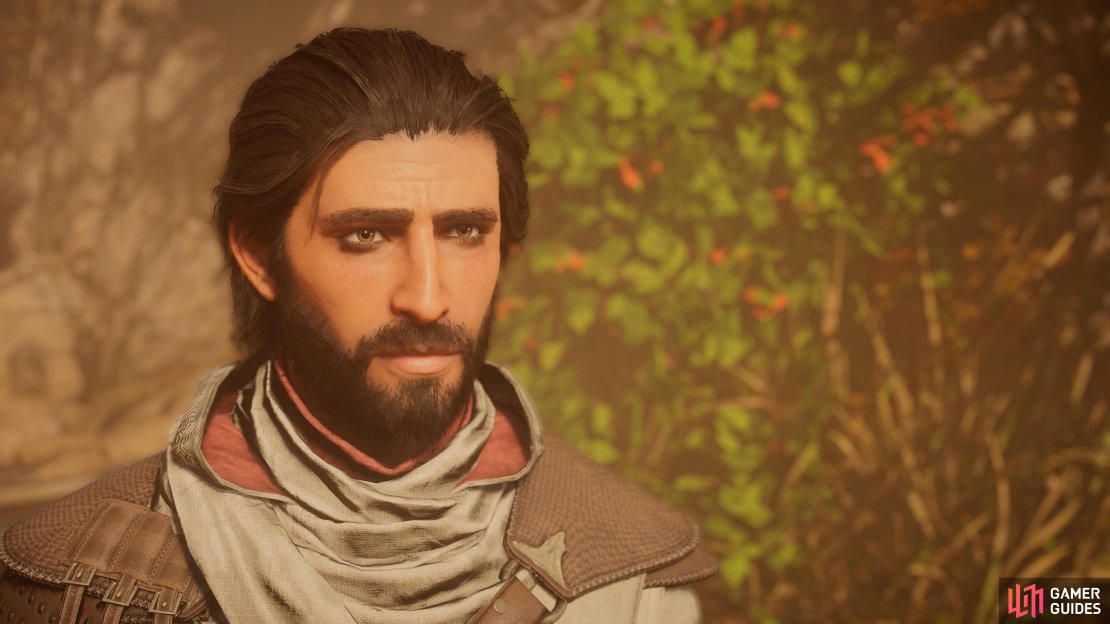
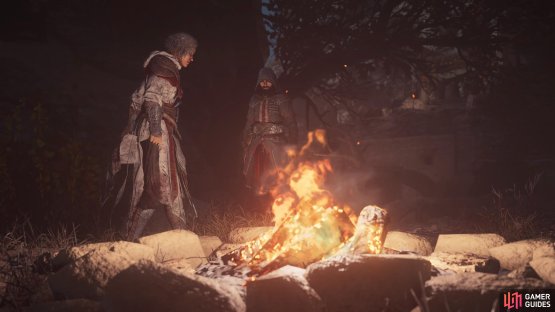



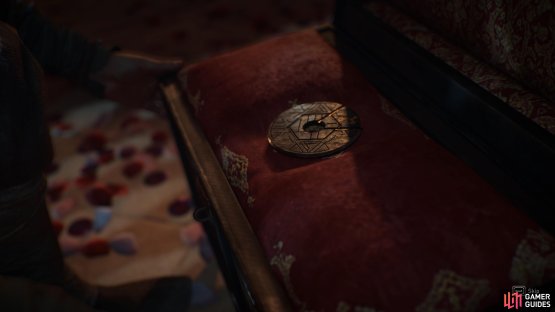

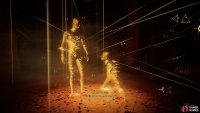

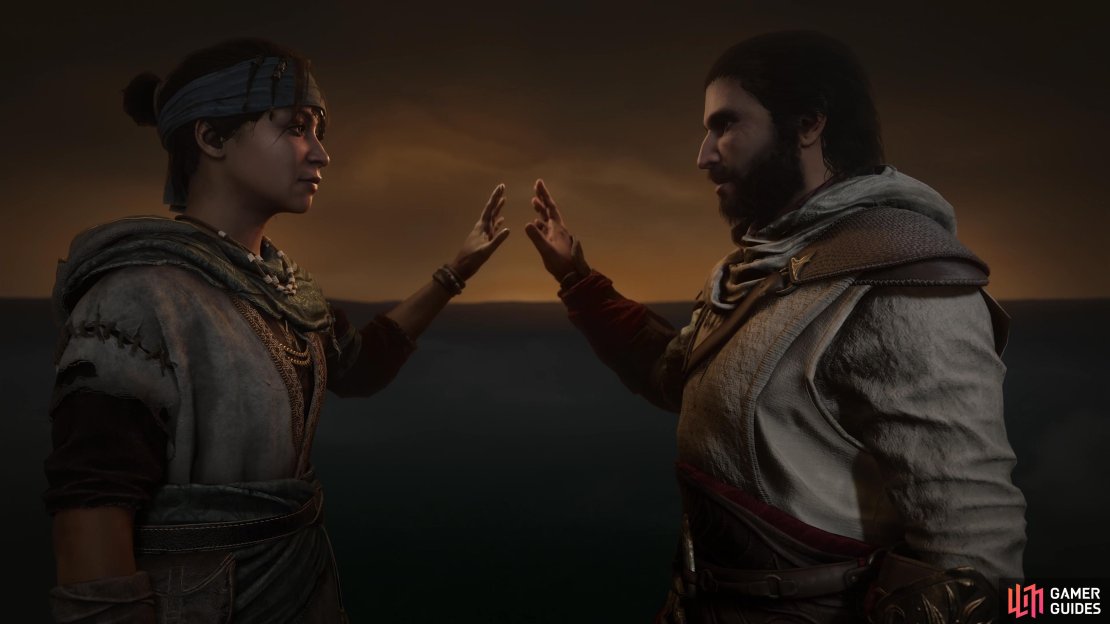



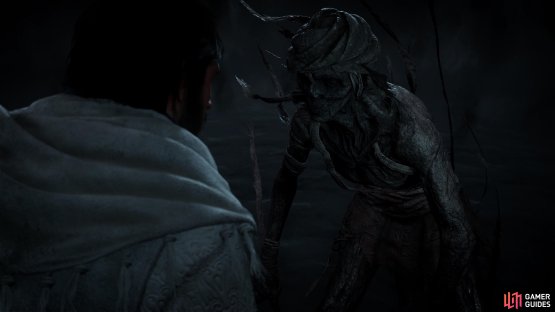

No Comments